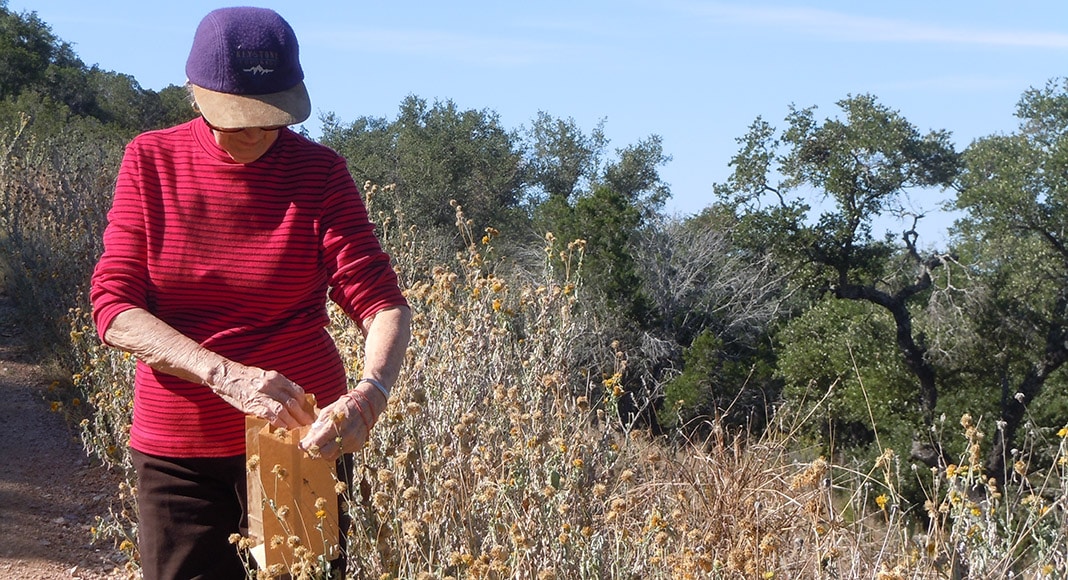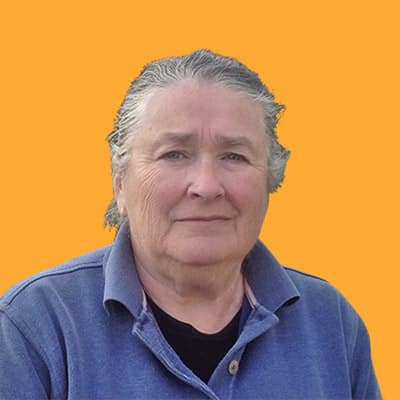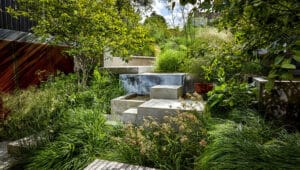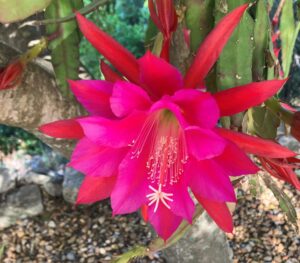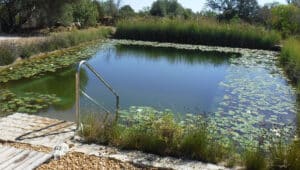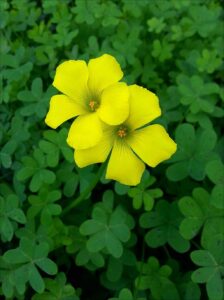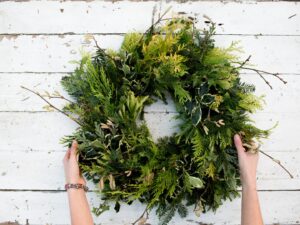Something you may have always wanted to try but never quite got around to – now is your chance. There is nothing so thrilling as the sight of those little green shoots coming up in your seed trays or pots – germination is the first hurdle of growing from seed. It is a truth universally acknowledged that seed left in packets never produces plants.
The definition of a seed – “a reproductive structure formed from the maturation of an ovule and containing an embryo and stored food”.
Seed is a sexual method of propagation and the commonest way of reproduction found in nature, so seedlings can be variable owing to unpredictable genetic combinations. These variations allow for the breeding and selection of cultivars.
Generally speaking, species plants come true from seed, but cultivars and hybrids do not. An F1 hybrid is a plant from a first-year cross, an F2 is the result of seed from F1 plants pollinating themselves. It is expensive to breed and select these hybrids and it is better not to save seed from such plants.
The advantage of collecting our own seed is that we can propagate from plants which are successful in our own gardens. Plant sales or swaps with friends can also provide good homes for surplus plants.
Flowers have stigmas with a style leading to the ovary. Anthers hold the pollen. When collecting seed, we need to identify the ovary or seed-bearing structure. Different flower forms require different collection methods. It is important to harvest the whole flowering structure to gain the maximum number of seeds. See the simplified flower structure drawing for some guidance.
Harvesting seed in the Mediterranean climate is best done in early summer as the spring flowering season comes to an end but, in reality, you might find viable seed at any time of the year. Fortunately, harvesting seed is a very simple, standard procedure and, although time-consuming, well worth the effort.
Paper bags, a pen or pencil and a box or tray to carry the paper bags safely upright round the garden is all that is needed. Labelling is of paramount importance; never trust to your memory or wait until you have left the plant to write on the bag. Even if you do not know the botanic name, identify the plant by flower colour, place harvested from and date harvested.
When choosing plants for seed, pick out those that are clean, healthy. Choose a dry or sunny day and gather seed heads or pods just before they begin to open and disperse their contents. If one seed body on a flower head has opened already then harvest as soon as possible. Rubbing seed heads gently between thumb and finger might show seed coming away easily and tell you it is time to harvest the seed from that plant. A change of colour is another sign; the appearance changing from green to light or dark brown for instance.
Take the whole flower head or stem and place in a paper bag. If the whole plant has matured, such as annuals, take up, or cut off from the root, the whole plant and place it in the bag. NEVER use polythene bags or plastic carrier bags. Paper bags allow the vital drying process to continue naturally and slowly, without allowing any build-up of mildew or condensation.
Bags can be left open to aid this drying process but not in the case of the exploding seed heads such as wisteria! Store the bags in a dry shady place until you are ready to clean the seed.
Cleaning seed – Again, a time-consuming process but one which will give healthier seed with good chances of germination. When the seed heads are dry, remove dust and debris to stop any chance of infection or mildew.
Berries and pulpy fruits can be stored until soft enough to squash through paper towel to separate the seed from the pulp. Use of gloves here is essential as some fruits will dye your skin and/or be extremely toxic. Seed should then be dried before storage.
Seed heads can be shaken or rubbed out and cleaned by sifting through sieves of different sizes. Finally, seed can be poured out onto a small white tray or plate and the seed pushed to one side with the fingers or tweezers and collected in one corner away from the debris. The seed can be picked up with a piece of paper by sliding the edge under the seed and scooping it up. It is then possible to put the seed into packets without having to pick it up with your fingers.
Storing seed – Again, paper seed packets or envelopes are best for long-term storage. Check small seed will not be lost through side openings. If the seed is dry and firm, then large quantities can be placed in screw top jars. All dried and cleaned seed should be stored in a dark place at a temperature of between 1-5ºC. A domestic fridge salad drawer is ideal. Seed packets can be placed in a sealed plastic box and stored in the fridge or any dark airy place which does not get too hot.
Paper seed packets can be obtained from the Alpine Garden Society in the UK via their website www.alpinegardensociety.net
Commercial seed companies can provide a good selection of seed from a variety of countries. Check the invasive list for Portugal before ordering http://invasoras.pt/en/
Seed Sources include many societies with free distribution of seed between members. This applies to members of Mediterranean Garden Association for Portugal who can apply for free seed from an international group of Mediterranean gardeners.
There is also a specialist seed company providing seeds of native plants, and also bee and meadow mixtures for various soils – www.sementesdeportugal.pt
There are also excellent heritage seed swaps with many vegetable varieties for you to try.
Seed is usually sown in low nutrient composts, but small plants will need moving into normal potting compost to grow. Keep seedlings in the shade, well ventilated and check them each day – not a problem at the moment!
By Rosie Peddle
|| features@algarveresident.com
289 791 869 | mgapsec@gmail.com
www.mediterraneangardeningportugal.org






